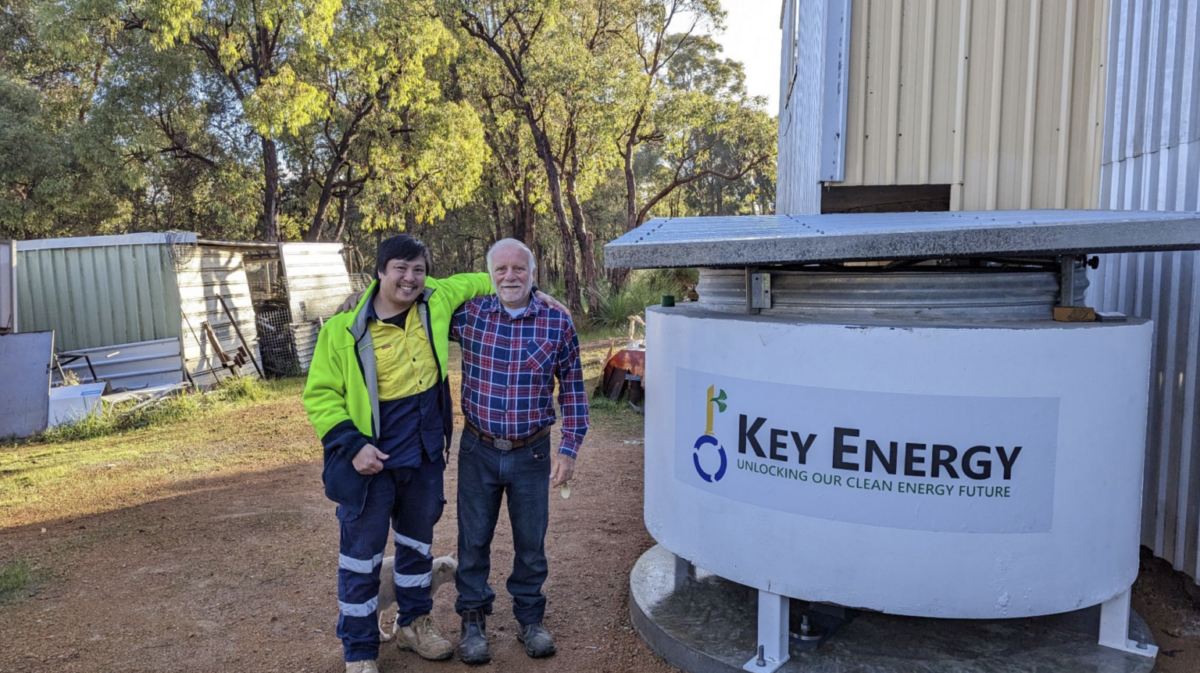Hey that’s sort of neat. I didn’t know flywheels were really being deployed anywhere.
I bet the fail state would be a proper disaster though. Centrifuge accidents are no laughing matter!
Quite correct. Even if the outer casing is enough to contain the rotor, that is still 32 kilowatt hours of kinetic energy that goes somewhere. They’re saying they saved money by putting it above ground, that means if potentially the casing fails you have little shards of metal going out with great energy in every direction.
Yea I would have hoped that it’s basically regulated that any sufficiently large fly wheel needs to be underground.
The website notes (In diagrams and pictures, not the movie) that these can be buried below grade to mitigate flying big spinny objects. The big spinny thing also lives in a vacuum and rests on magnetic bearings to reduce friction. The enclosure they put it in seems to have pretty thick walls, but can’t tell if they are thick enough if the big spinny thing decides to explosively disassociate. It would have been nice to hear what the thing sounds like during initial spin up and in normal operation.
Sadly, it says almost nothing about how these actually work, and the video shows them taking the unit off the truck and onto a concrete pad … that’s it.
eh, flywheel is not that complicated. It’s just a heavy spinning thing mounted on fixed axle, said axle is connected to motor/generator combo. Electricity in, motor spins that thing faster. Generator tap into that spin, it slows down and electricity flows out.
the problems would be on the ‘how big this heavy spinning thing need to be’, ‘how to minimize friction’, and most importantly ‘how to actually build this thing and make sure it won’t kill anyone’. because heavy spinning thing that suddenly got loose from its axle is a teeny-tiny-bit very lethal
Hmm, this doesn’t seem like it would store energy for long though right? Once the energy starts flowing in, the wheel magnifies that force I assume, but needs almost constant input right? It’s just meant to deal w hiccups in power outages?
store, not magnify… although it can deal with ‘ripples’ and ‘hiccups’ in power delivery…
its capacity isn’t that big, the title said so “32 kWh”. for average house, it might only last for 6-ish hours of sustained use. that should be sufficient
with the exception of natural disaster, your power company should have less than 6 hours of power outage per year.






